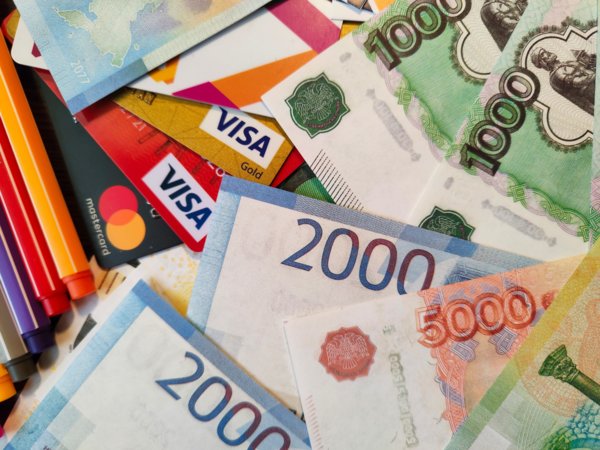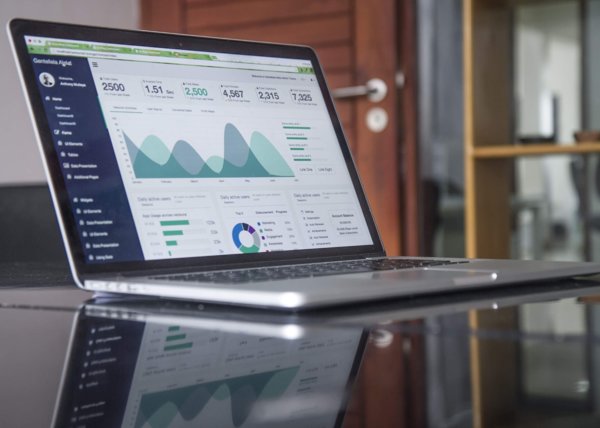How To Apply For A Ppp Loan - The Full Guide
The Paycheck Protection Program (PPP) is designed to provide small businesses with low-interest loans, up to $10 million, to help them cover payroll and other expenses if they are impacted by the coronavirus outbreak. The program will be administered by the Small Business Administration (SBA).
The SBA said it expects to make more than $30 billion available under this program.
“We know that many of our nation’s small businesses have been hit hard by COVID-19, and we want to do everything possible to support their continued success during these challenging times,” U.S. Small Business Administrator Jovita Carranza said in a statement.
“This new program will provide critical relief to millions of Americans who work at small businesses across the country.”
The loans are meant to protect against layoffs or pay cuts caused by the pandemic. They can also be used to cover rent payments, mortgage interest, utility bills and other costs associated with running a business.
Businesses must apply online through the SBA website. Applicants must submit an application form, proof of identity, and proof of employment. Once approved, borrowers will receive funds within two weeks.
So, without further ado, let's take a look at PPP loans in more detail.
Also read:8 Personal Finance Apps For Your Better Future

How To Apply For PPP Loan?
To apply for a loan from the Paycheck Protection Program, you need to visit the SBA website and fill out the following forms:
Also read: How To Budget Wisely With The Assistance Of Budget Apps
1. Application Form
This is the first step in applying for a loan. It contains basic information about your company and its financial situation.
You'll need to include your name, address, phone number, email address, Social Security Number, employer identification number, bank account number, tax ID number, and any additional information required on the form.
2. Proof Of Identity
This document verifies your identity and provides a copy of your driver's license or photo I.D., passport, birth certificate, or naturalization papers.
3. Proof of Employment
This form requires you to provide documentation showing that you still have employees working for you. If you no longer have employees, you should explain why.
4. Documentation Supporting Your Eligibility
This section asks for details such as how much money you owe to creditors.
5. Financial Statement
To qualify for a loan, you'll need to show that you're able to repay the loan.
You'll need to provide copies of your most recent balance sheet, profit and loss statements, cash flow projections, and other documents supporting your ability to repay the loan.
6. Documents Supporting Your Company's Ability to Repay the Loan
In addition to providing documents showing that you can repay the loan, you'll also need to provide documents showing that your company has sufficient assets to repay the loan.
These could include copies of your most recent audited financial statements, a list of all outstanding debts, and copies of your most recent federal tax returns.
7. Other Information
This section includes questions about your company's size, industry, location, and whether it employs veterans or people with disabilities.
8. Signature
The last page of the application form requires you to sign electronically using a digital signature.

9. Submit Application
After completing the application form, click "Submit" to send it to the SBA.
10. Receive Approval Notification
Within 48 hours of applying, the SBA will notify you if you've been approved for a loan.
11. Get Funds
Once the SBA approves your loan request, they'll deposit up to $10 million into your business' checking account.
12. Make Payments
Borrowers are expected to make monthly payments to the SBA until their loan is repaid.
13. File Forgiveness Letter
When borrowers pay off their loan early, they may be eligible to receive a letter stating that the remaining debt is forgiven.
Also read: How To Organize Your Financial Records In 5 Easy Steps
What Are The Benefits Of A PPP Loan?
The PPP program was created by Congress in March of 2008 to help businesses avoid bankruptcy during this economic crisis.
It allows small businesses to borrow funds at low-interest rates through the SBA.
Businesses must use the loans to keep their workers employed and maintain operations while paying back the loans.
Business owners who take out the loans can't get rid of them until they've paid them off. If a borrower defaults on its loan, the government will step in and buy the defaulted loan from the lender.
If the borrower doesn't repay the loan, the government will forgive the amount owed.
Also read: How To Boost Credit Score Quickly
Who Can Qualify For A PPP Loan?
PPP loans can only be used by companies that meet certain requirements.
To qualify for a PPP loan, you must:
Have fewer than 500 employees
Not own more than 50% of another company
Have less than $2 billion in annual revenue
Your company must have received a Small Business Administration (SBA) 7(a) or 8(a) loan within the past three years
Your company must not have filed for bankruptcy within the past five years
Your company must have had no more than two consecutive quarters of negative operating income
You must have a net worth of at least $1 million
To qualify for a PPP Loan, your company must be able to demonstrate that it has enough money to cover repayment costs.
Once you're approved for a loan, you can apply online.
When Does A PPP Loan Need To Be Paid Back?
Borrowers are required to repay their loans according to the terms outlined in their loan agreement. Repaying your loan early means losing any benefits associated with a forgivable loan.
Repayment terms vary based on when you took out the loan. For example, if you borrowed between January 1st and June 30th, your payment schedule would be based on 12 months.
However, if you borrowed after July 1st, your payment schedule would include 24 months.
Payments are due each month.

How Much Does A PPP Loan Cost?
A typical PPP loan carries an interest rate of 3%. However, some lenders offer lower interest rates.
Lenders also charge fees ranging from 2% to 5%, depending on how much money you need.
Final Thoughts
The PPP program offers businesses a way to stay afloat during these tough times.
While many people think that taking out a loan is too risky, the truth is that most businesses don't go bankrupt because they take out a PPP loan.
Instead, they use the money to keep their doors open and keep their employees working.
There are plenty of other things you may need a paystub for, such as applying for a credit card and mortgage. Check out our pay stub creator for simple and reliable paystubs.
 Our customer support is available 24/7:
Our customer support is available 24/7:

